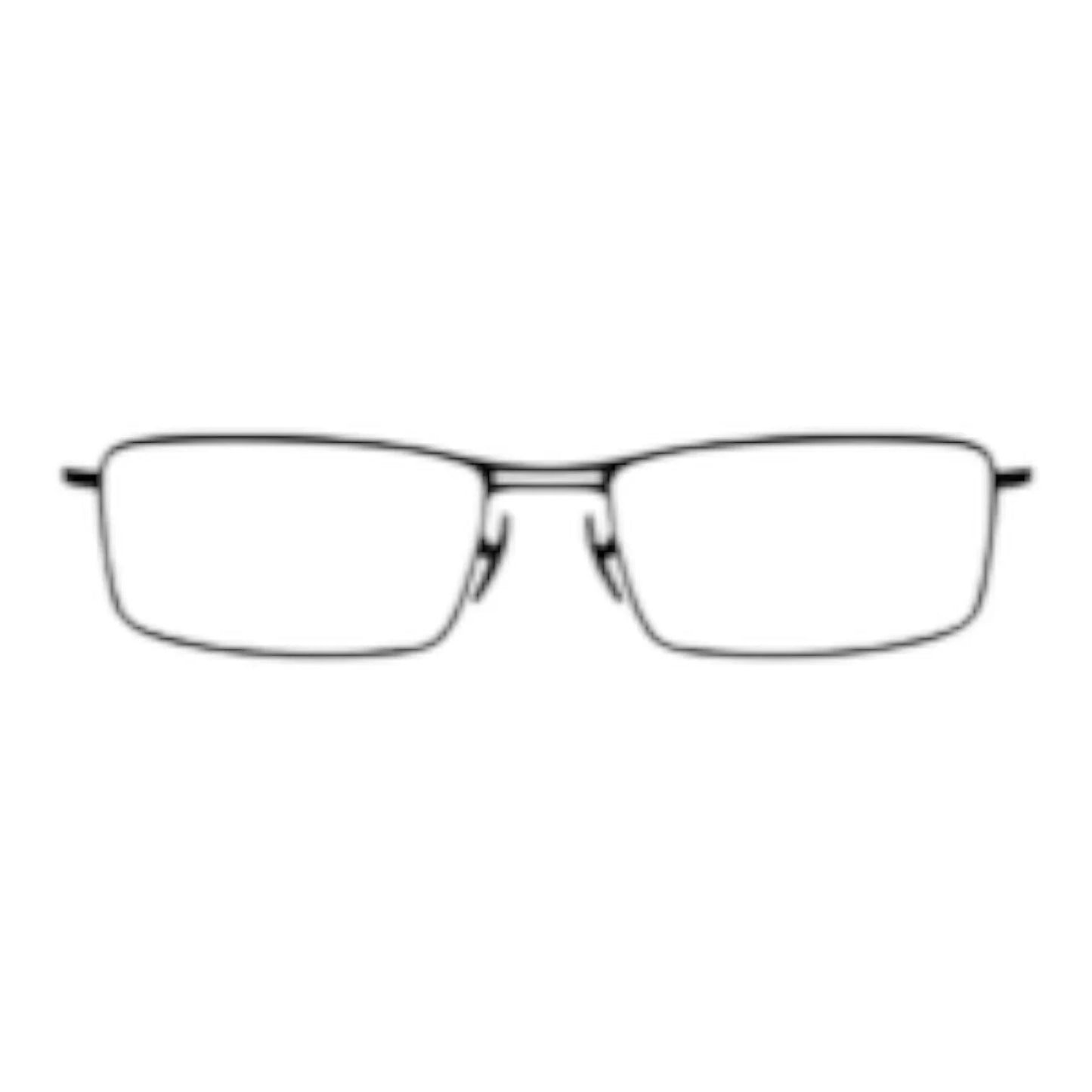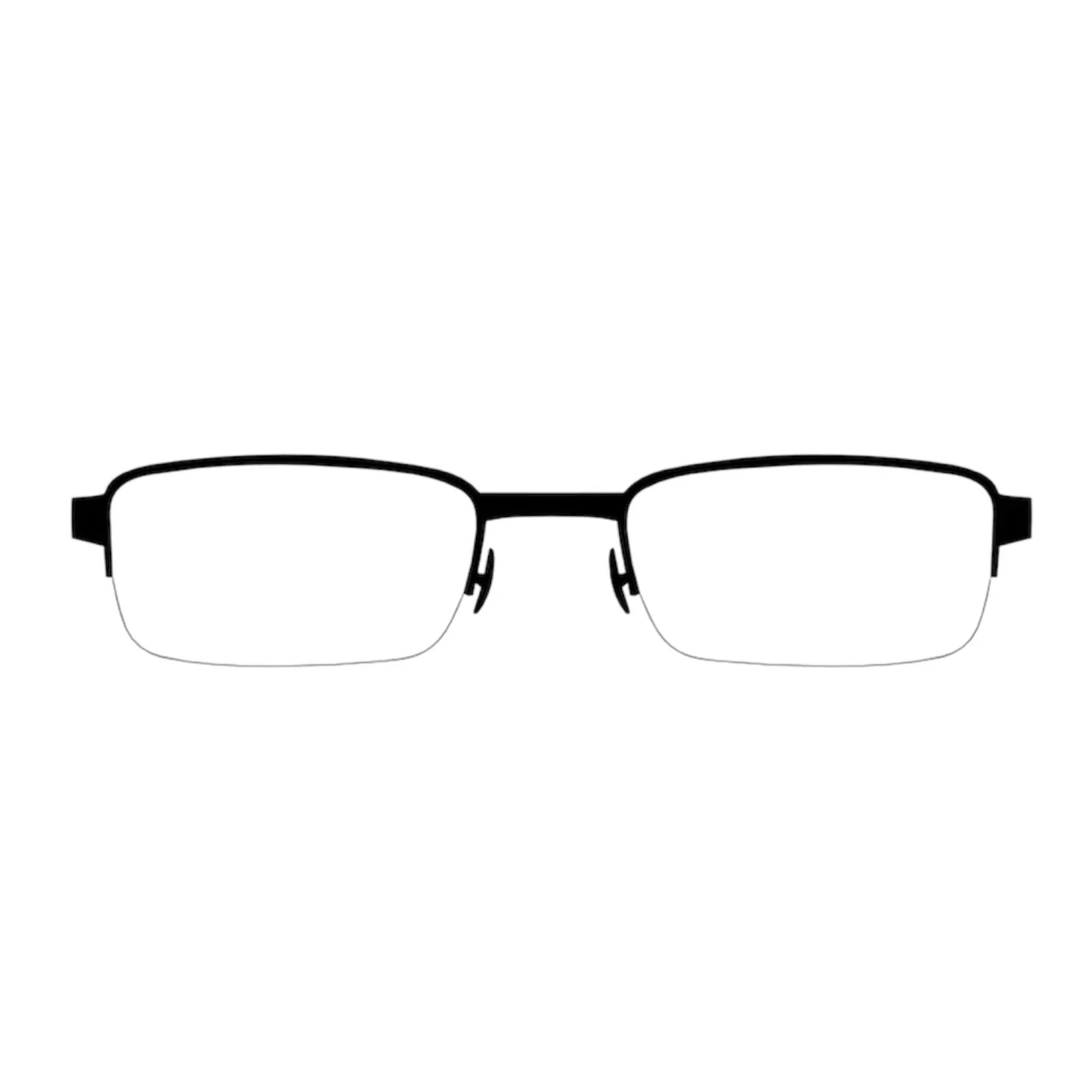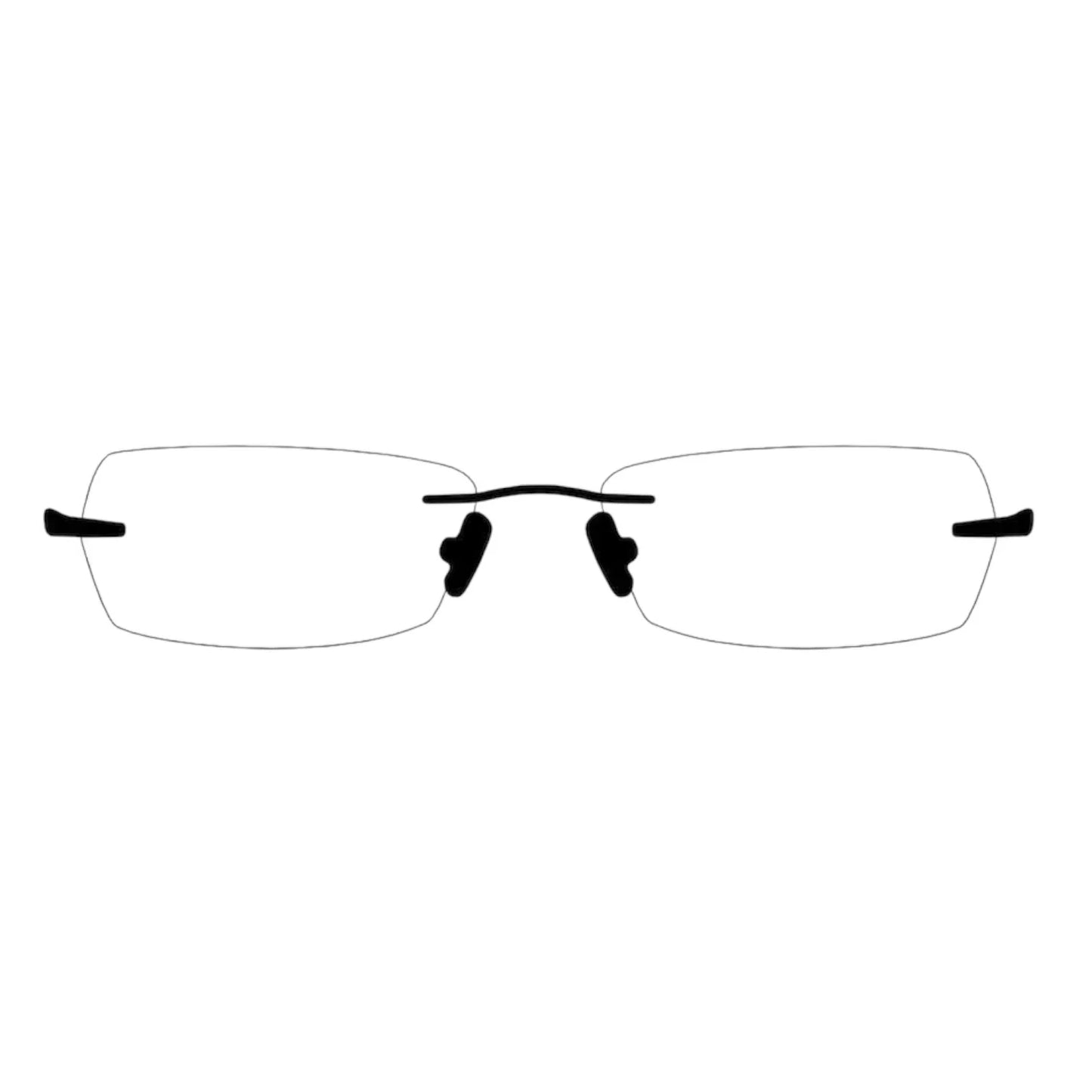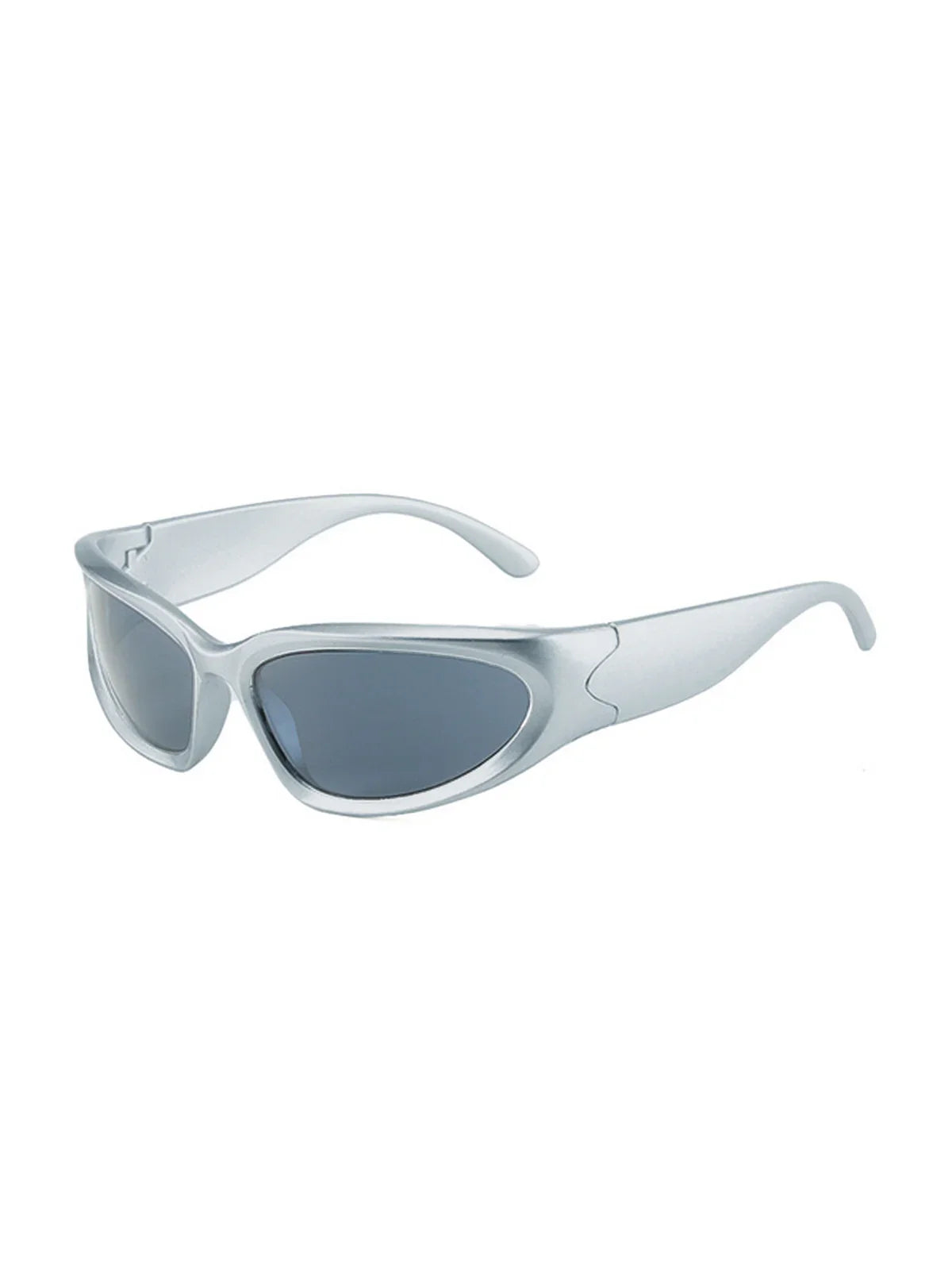Choose frame type to reglaze & then select lenses
Choose frame type to reglaze & then select lenses
Select the frame type you wish to reglaze with new lenses. Then choose what type of lenses you wish.
You will require:
- A digital copy / screenshot of your prescription
- Your PD measurement for single vision lenses: https://glassesoutlet.co.uk/pages/p-d
- For varifocals you will also require your varifocal heights: https://glassesoutlet.co.uk/pages/measuring-varifocal-heights
How to use cart guide
We know how confusing this process can be for some to navigate due the number of options (customisations) available. Please do not hesitate to contact us for help. We do as many sales through whats app or the phone as we do through the cart.
Step 1. Select the frame type you wish to reglaze with new lenses.
Step 2. Once you have chosen your frame type"select lenses"
- If you want just distance or reading or computer glasses prescription lenses choose "single vision"
- If you want distance or reading sunglasses choose "single vision"
- If you want varifocal / progressive lenses clear or sunglasses choose "varifocals" option.
- If you want non prescription lenses for glasses or sunglasses choose "single vision"
Whatever one you choose there are 5 options after that:
Select "clear & sunglasses" : for non prescription & prescription glasses & sunglasses ( excluding polarised) .Once selected you can choose "clear" and you will get coating options. There are three sunglasses options - choose the one that suits you.
If you want blue light lenses, choose "blue light lenses"
If you want photochromatic (photochromic, transitions or reactions) choose "photochromatic" and select a colour.
If you want polarised lenses, choose "polarised lenses" and select a colour
If you want mirror tinted lenses, choose "mirror tinted lenses"
Step 3. "Upload prescription" or "Skip, will email later
Step 4. "add to cart"
Step 5. "Check your cart"
Step 6 "Check out" At this point you can add any discount code in "Show order summary" and PAY
Step 7. Send us your frames for reglaze
Frame types
Fully Rimmed
![]()
Semi Rimmed
![]()
Rimless
![]()
we recommend thinner lenses for tensile strength in all rimless glasses
Wrapped Frames

Wrapped frames require lenses to be custom mad, therefore there is an additional cost of £20.
Prescriptions
Prices for single vision lenses on cart apply to prescriptions within the ranges:
+/- 6.00D sph/ & +/- 2.00D cyl.
Prescriptions outside this range will attract a £20 extra supplement
What are single vision lenses?
Single vision lenses have one consistent prescription across the entire lens. They're designed to correct either distance, near, or intermediate vision—making them ideal if you only need help with one type of vision. They're commonly used for reading, driving, or computer work, depending on your prescription.
What does “single vision distance” mean?
This refers to lenses made to help you see clearly at far distances. They’re ideal for activities like driving, watching TV, or seeing objects across a room, but not suited for close-up tasks like reading.
Are single vision lenses right for me?
If you only need help with one visual range—either near, intermediate, or far—then single vision lenses are a practical and effective choice. They’re commonly prescribed for anyone under 40 or those without age-related vision changes.
Can you wear single vision lenses all the time?
Yes, if your prescription suits full-time wear. Many people use single vision lenses throughout the day, whether for reading or seeing at a distance. There’s no harm in wearing them regularly, as long as they meet your visual needs.
What’s the difference between single vision and varifocal lenses?
Single vision lenses correct one field of vision—near, far, or intermediate. Varifocals (also known as progressives) combine multiple prescriptions in one lens, allowing you to see clearly at all distances without needing to switch glasses.
What’s the difference between single vision and bifocal lenses?
Bifocals have two separate prescriptions in one lens, usually divided by a visible line—one for distance and one for reading. Single vision lenses have a single prescription across the entire lens, with no visible separation.
What’s the difference between single vision and occupational lenses?
Occupational lenses are designed specifically for tasks like computer work and desk-based activities, often offering two intermediate and near zones. Single vision lenses are more general-purpose, correcting only one type of vision.
Share








